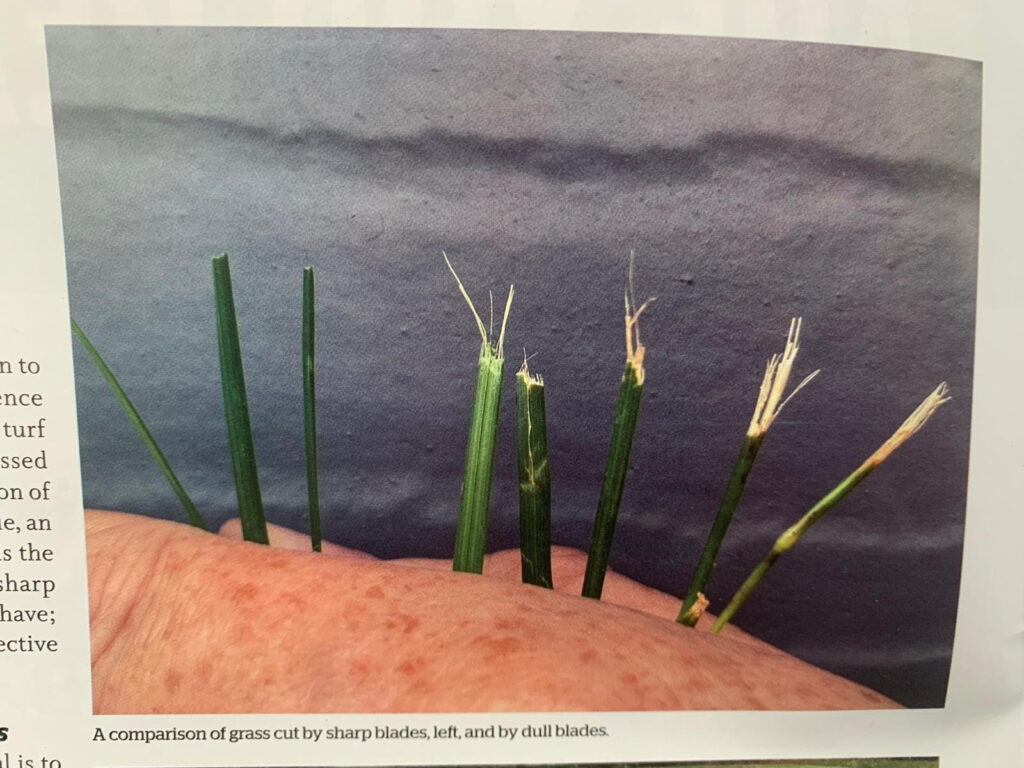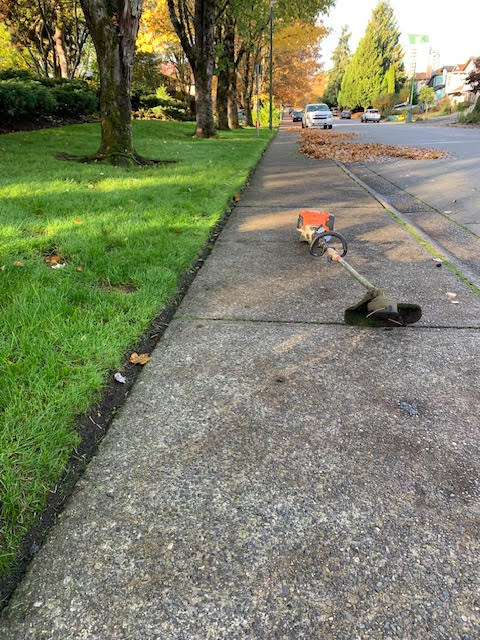Don’t slip up
Oil changes are important. If you own a car you know that regular oil changes are crucial to your car’s performance. The same goes for gas lawn mowers, like my Honda. I bought my mower two years ago through Facebook marketplace on the North Shore for only $125.
My work on the following weekend paid for it, and it’s been running great for two full seasons. On old, dirty oil. Don’t be like me.
Since I had never done an oil change on a mower, I wrongly assumed I needed a pump to extract the oil. So I searched for a pump on Amazon and other websites and, when I couldn’t decide on a good, affordable model, I put it off. I’m a busy guy and my Honda kept humming with dirty oil.
Changing your mower oil
While I was making my landscape business plans for 2025, taking care of my mower was on the list, and I finally got to it over the holidays. I had to get it off my to-do list.
I didn’t buy a pump, I simply tipped my mower on its side and emptied the oil into an empty car oil container. And man, was it black. I will probably change the oil again at mid-season, just because. I don’t mow a lot during the week so changing the oil twice in one season should suffice.
Full-time landscaping companies change mower oil every two months. It depends on your mower use. Homeowners can probably get away with one oil change a year but, at only $9, it can be done more often.
I bought mower oil at the nearest RONA location for C$9. No big deal. But I had to double-check the oil chamber volume for my Honda mower model. The number should be visible right on the mower body.
I think it was just under 600mL so I put the full container in. That’s it. Yes, I was kicking myself for not doing it sooner but I’m a busy guy.

Other changes
You can expect things to fall apart on a used mower. For example, the throttle cable blew up so I bought a new one online and changed it myself. I can’t afford C$90+ shop rates so I make small changes myself. If the engine dies, I will get a new mower but Hondas are amazing machines, so it’s unlikely. At C$125 used, this was a great investment because the mower has been making me money for two seasons already.
My pull cord also broke so I switched the whole top plastic cover to which the pull cord mechanism is anchored. It gives the mower a newer, fresher look. Incidentally, I always recommend having a full pull cord mechanism handy as a spare so you can switch in the field and avoid downtime.
Also check your spark plug and air filter.
Lastly, sharp blades are mandatory. I used to get my mower blades sharpened but the cost is similar to a new pair of blades. So, I usually start the mow season with brand new blades and I use a file to sharpen the old, dull blades. It’s a lot of work but it’s cheap. One day I will upgrade to a bench grinder.
Conclusion
Your gas mower works hard all season so give it some love. I’m glad I finally upgraded my used Honda this winter so I can start the mow season in spring with confidence. I need that baby to hum all year.
























